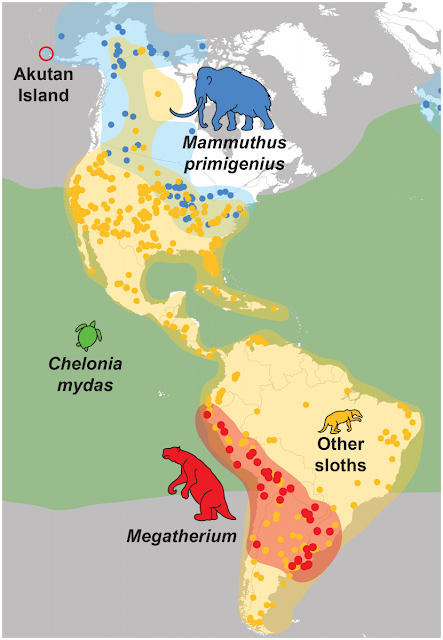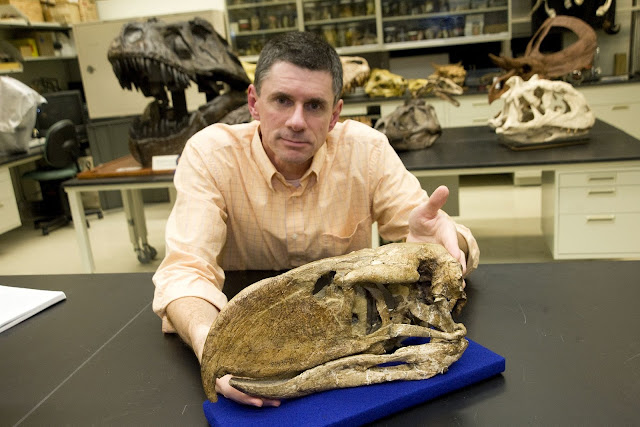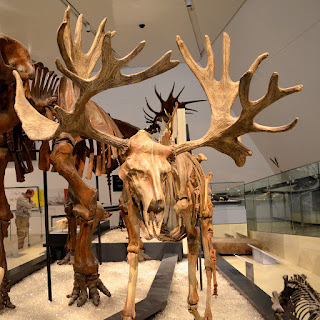This week will will be moving on from the 5 themes of geography and away from the Stone Age, paving the way to discovering Mesopotamia! Make sure you watch the videos below before the next social studies class.
This is a blog for the ACC students of grade 5 - 2017. This blog is managed by Ms Aurelia.
Saturday, October 28, 2017
Ms Aurelia's English Blog Grade 5
Please make sure you save the new English blog for grade 5:
https://accenglishgrade5.blogspot.com.eg
And please note the parent teacher meeting on Tuesday 31st October at 4pm. Please be on time!
https://accenglishgrade5.blogspot.com.eg
And please note the parent teacher meeting on Tuesday 31st October at 4pm. Please be on time!
Tuesday, October 17, 2017
Notes for the Prehistoric Animals
The Woolly Mammoth:
- Was a distant cousin to today's Asian Elephant, they were at least 4 meters tall and weighed 6 tons!
- They lived during the Ice Age, and disappeared around 10,000 years ago.
- They were covered in a thick furry coat, which kept them warm in the frigid Artic plains.
- Even their ears were covered in fur!
- They had enormous curved tusks which helped them dig up food and defend themselves.
- Many mummified Woolly Mammoths have been found over the years, from Siberia to Alaska, this is how we are able to learn more about these animals.
- The first skeleton was found in Russia in 1799, and in 2012, a little Russian boy of 11 years old found a mummified Mammoth that was nicknamed Zhenya.
- Cave paintings made by the early humans living during the Ice Age shows that they had a very special relationship with the Woolly Mammoth!
The Stag Moose:
- The Stag Moose was hunted by early humans and it is known to have lived in North America until some 10,000 years ago.
- Fossils of the Stage Moose, were first uncovered in the early 19th century.
- Since then many fossils have been uncovered in North America.
- Stag Moose were large animals and were a little bit taller then our modern Moose.
- It had a deer-like face but a Moose's body and strange broad antlers that stood out straight from either side of its head.
The Terror Bird:
- The first fossil was discovered in 1887, in Argentina
- They were the dominant predators in South America 62 million years ago.
- The Terror Bird weighed as much as a panda bear, could run faster than a horse and could not fly.
- Their nests were on the ground and they had gigantic eggs!
- The Terror Bird was a carnivore and loved eating small mammals.
The Short Faced Bear:
- The giant short-faced bear, also called the bulldog bear, lived in North America, 1.8 million years ago.
- The first fossils were found in California and unfortunately scientists have not discovered many fossils of this bear.
- They lived Mountains and woodlands of North America
- The Bulldog bear is the fastest bear that ever existed and could run up to 64 Kilometers per Hour.
The Giant Ground Sloth:
- The first fossil was discovered in 1788, in Argentina
- Megatherium means “giant beast”
- They were very common in the Americas, especially South America.
- The Sloth could weigh up to 4 tonnes and was as tall as 6m.
- It had huge claws, long dark hair and could walk on its back legs just like a bear.
- When standing on it back legs, its muscular tail would act like another leg.
- Most scientists believe that their diet consisted of leaves, grasses and insects.
The Giant Beaver:
- Few fossils of the Giant Beaver were ever found, with the first discovered in 1837 in Ohio.
- The giant beaver lived in many parts of North America, 1.8 Million years ago.
- It was the largest beaver that ever lived, as big as the Black bear today.
- The early humans of North America may have valued the giant beaver for its fur as well as its meat.
- The Giant Beaver had huge front teeth almost 15cm long.
The Hagerman Horse:
- The Hagerman horse is also called the American Zebra
- The Hagerman horse first appeared about 3.5 million years ago.
- The first fossils were found in Hagerman Idaho in 1928.
- Five nearly complete skeletons, more than 100 skulls, and forty-eight lower jaws have been found in Hagerman.
- The horse probably lived in grasslands and floodplains, which is what Hagerman was like 4 million years ago.
The North American Jaguar:
- The North American Jaguar could live in many different habitats all over North America.
- But in order to get there, its ancestors had to traverse nearly the entire globe.
- Fossils of the Jaguar have been found in Florida, Maryland, Nebraska, Tennessee, and Washington.
- Giant prehistoric jaguars were about the size of a fully grown lion or tiger, and were probably several times stronger, with a much stronger bite.
Monday, October 16, 2017
Resources for North American Jaguar
North American Jaguar
Giant jaguar is Number 8 in the video below:
Website:
https://prehistoric-fauna.com/Panthera-onca-augusta
Website:
https://prehistoric-fauna.com/Panthera-onca-augusta
Saturday, October 14, 2017
Prehistoric Animals for Project Week
Wolly Mammoth:
 |
| https://i.pinimg.com/736x/f6/fa/96/f6fa96dbc9b8cebda16246858b6df85d--extinct-animals-prehistoric-animals.jpg |
Stag Moose:
 |
| https://mir-s3-cdn-cf.behance.net/project_modules/disp/a63ed434942013.56e33bc03ea01.jpg |
Giant Beaver:
 |
| https://mir-s3-cdn-cf.behance.net/project_modules/disp/04af3434942013.56e33bc03ae8a.jpg |
North American Jaguar:
 |
| https://mir-s3-cdn-cf.behance.net/project_modules/disp/412c2d34942013.56e33bc03f330.jpg |
 |
| https://i.pinimg.com/736x/32/78/c3/3278c3cd8d637ae3754ea1c65d2af9e1--extinct-animals-prehistoric-animals.jpg |
 |
| https://mir-s3-cdn-cf.behance.net/project_modules/max_1200/2eb40f34094122.56c3d0503f08d.jpg |
 |
| https://i.pinimg.com/originals/36/d1/4b/36d14bfce9db1555099094adea4300de.jpg |
Subscribe to:
Posts (Atom)














































